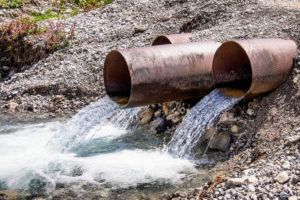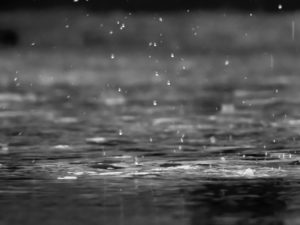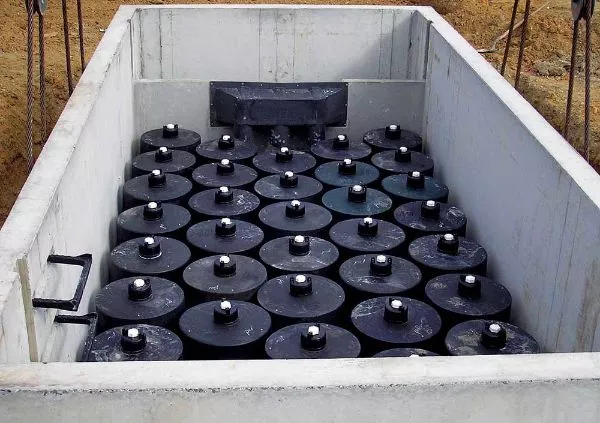The Vital Role of Stormwater Management

In this blog post, we’ll explore how stormwater facilities and practices can play a vital role in preventing pollution and mitigating the impacts of chemical spills. We’ll discuss:
- Chemical spills and their environmental impact
- Stormwater management as a defense mechanism
- Building resilient stormwater facilities for contaminants
- Best practices for preparing for chemical spills
- Where to find reliable stormwater management services
Contact iSTORMWATER for all your chemical spill and drainwater needs in the DMV by calling us at (443) 699-2828. We’re the number one choice for all private sector and HOA stormwater management services.
A Growing Concern: Chemical Spills & Their Environmental Impact
Chemical spills can occur due to accidents, leaks, or improper handling and storage practices. These incidents often release hazardous substances into the environment, threatening human and ecological health and safety. With increasing chemical-related incidents in recent years, it’s essential to address the potential consequences and take proactive measures to minimize their impact.
Stormwater Management as a Defense Mechanism
Stormwater management encompasses a range of practices and systems designed to control and treat stormwater runoff. While stormwater management is commonly associated with managing urban runoff, its importance in protecting against chemical spills cannot be underestimated. By integrating stormwater management strategies specifically tailored to handle contaminants, we can effectively reduce the risk of pollution in our bodies of water.
Building Resilient Stormwater Facilities for Contaminants
To effectively manage stormwater in the event of a chemical spill, it’s crucial to implement appropriate stormwater facilities. These facilities act as the first line of defense, capturing and treating runoff before it enters waterways. Examples of such facilities include:
- Contaminant ponds
- Sediment basins
- Constructed wetlands
Additionally, innovative technologies such as hydrodynamic separators, oil-water separators, and filtration systems can enhance the efficiency of stormwater treatment processes. These solutions help remove pollutants and contaminants from stormwater, preventing their entry into sensitive ecosystems.
Preparing for Chemical Spills: Best Practices
Proactive planning and preparedness are essential to mitigate the impact of chemical spills. Here are some best practices to consider:
- Risk Assessment: Conduct thorough risk assessments to identify potential spill hazards, vulnerable areas, and critical infrastructure that may be affected by a chemical release.
- Emergency Response Planning: Develop robust emergency response plans outlining procedures, roles, and responsibilities in the event of a spill. Ensure employees receive adequate training on spill response and containment protocols.
- Spill Containment Measures: Install secondary containment systems, such as berms or spill pallets, to prevent spills from spreading and reaching storm drains or waterways.
- Regular Inspections & Maintenance: Implement routine inspections and maintenance of stormwater management facilities to ensure adequate functioning and promptly address any issues.
Trust iSTORMWATER With Your Stormwater Management Needs!
Chemical spills can have devastating consequences on the environment and human health. By prioritizing stormwater management practices specifically designed to handle contaminants, we can significantly reduce the risks associated with these incidents.
Don’t wait for disaster to strike — take action now to protect our ecosystems and communities. Schedule a consultation with iSTORMWATER today and safeguard your environment.

 Property owners in Maryland, Virginia, and Washington, DC, are often responsible for stormwater management. This means you may have to choose between a detention or retention pond when planning your new construction project. These basins sit below ground level and collect stormwater runoff to prevent flooding and erosion.
Property owners in Maryland, Virginia, and Washington, DC, are often responsible for stormwater management. This means you may have to choose between a detention or retention pond when planning your new construction project. These basins sit below ground level and collect stormwater runoff to prevent flooding and erosion. Floods are dangerous and one of the biggest sources of property damage each year in the United States. Business owners in areas prone to flooding should be prepared to keep their teams safe and protect their property. In this article, we’ll discuss what property owners in Maryland, Virginia, and Washington, DC, should do during a flood, what supplies they should keep on hand, and what to do after a flood. The more prepared you are for a flood, the less stressed you’ll be if you’re ever in one.
Floods are dangerous and one of the biggest sources of property damage each year in the United States. Business owners in areas prone to flooding should be prepared to keep their teams safe and protect their property. In this article, we’ll discuss what property owners in Maryland, Virginia, and Washington, DC, should do during a flood, what supplies they should keep on hand, and what to do after a flood. The more prepared you are for a flood, the less stressed you’ll be if you’re ever in one.
